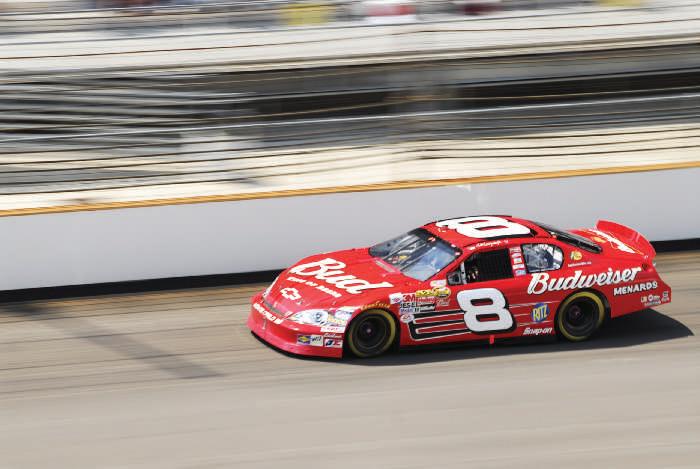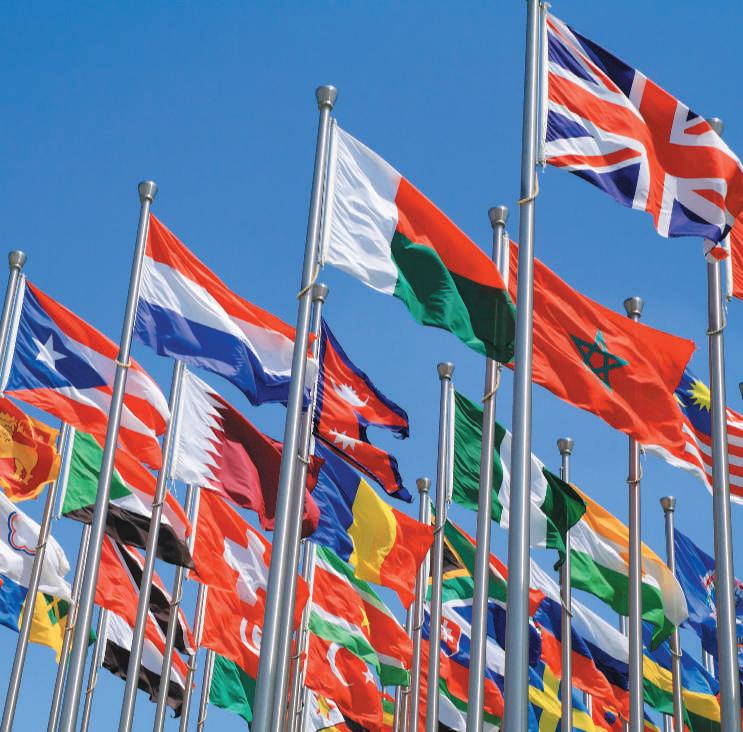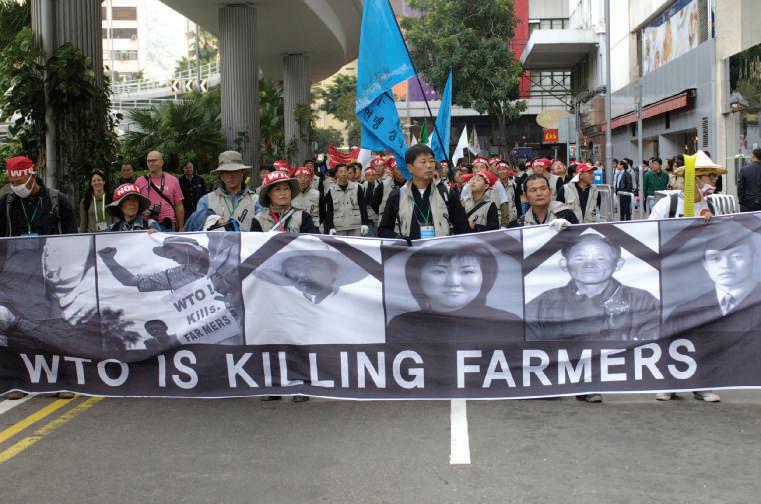254
C H A P T E R 1 0 T he O r g a n i z at i o n o f Glo b al B u s i n e s s
in North America, where it occupies a leadership position with approximately one-third of the U.S. market under the Folgers brand. The vast majority of P&G’s pet care business is also in North America, where the firm has about 10 percent of the market share.
•
Fabric Care and Home Care. This P&G segment includes a variety of fabric care products, such as laundry cleaning products and fabric conditioners; home care products, such as dish care, surface cleaners, and air fresheners; and batteries. In fabric care, P&G is the global market leader with approximately one-third of the global market share, and P&G has the number one or number two market share position in the markets where the company competes. In home care products, P&G’s global market share is about 20 percent across the categories in which the company competes. In batteries, P&G competes primarily behind the Duracell brand and has over 40 percent of the global alkaline battery market share.
•
Baby Care and Family Care. In baby care, P&G has more than one-third of the global market share and mostly competes in diapers, training pants, and baby wipes. P&G’s largest brand in baby care is Pampers with annual net sales of approximately $8 billion. P&G is the number one or number two baby care competitor in most of the key markets where the firm competes. In family care, P&G mostly focuses in North America supported by the Bounty paper towel and Charmin toilet tissue brands, with U.S. market shares of over 40 percent and over 25 percent, respectively.
•
Market Development. This segment is responsible for developing go-to-market plans at the local level. Market Development includes dedicated retail customer, trade channel, and country-specific teams. The division is organized along seven geographic regions: North America, Western Europe, Northeast Asia, Central & Eastern Europe/ Middle East/Africa, Latin America, Australia/India, and Greater China.
•
Global Business Services. This P&G segment provides information technology, processes, and data tools to help the other segments listed above to gain a better understanding of the business and improve customer service. Global Business Services is responsible for providing world-class solutions at minimum cost and capital investment.
After looking at a detailed description of P&G’s organizational units, it should now be clear to the reader that P&G offers a great variety of products, serves diverse markets, and has a world-wide presence. As a result, P&G decided that the most appropriate organizational structure for the company is the hybrid structure.
10-4d Matrix Structure14
matrix structure
an organizational structure in which people are grouped simultaneously by function and by division
For most firms, hybrid structures, which result from combining functional and divisional structures, provide them with enough flexibility to achieve the goals of the organization. However, in special cases, companies need the simultaneous benefits of both the functional and the divisional structures: the technological expertise within functions and the horizontal coordination across functions. For example, a defense contractor may need deep functional skills as well as the ability to coordinate across the functions for each contract or project. Similarly, a global company may need to coordinate across the demands of functions, products, and geographic locations. For these special cases, the answer is the matrix structure, which is an organizational structure in which people are grouped simultaneously by function and by division. A global business with a matrix structure is presented in Exhibit 10.11. The functional managers and the division managers have equal authority within the organization, and employees report to both managers. For example, a sales person may be assigned to work in a particular product division. Hence the sales person has the Sales function as a primary location, but works full time on the product division. The reporting relationship is dual: The sales person reports to both the sales manager and the product division manager. In Exhibit 10.11, node A represents all manufacturing employees working on Division I, while node D represents all manufacturing employees working on Division II.
Copyright 2017 Cengage Learning. All Rights Reserved. May not be copied, scanned, or duplicated, in whole or in part. Due to electronic rights, some third party content may be suppressed from the eBook and/or eChapter(s). Editorial review has deemed that any suppressed content does not materially affect the overall learning experience. Cengage Learning reserves the right to remove additional content at any time if subsequent rights restrictions require it.







































